1. Outdated Electrical Wiring
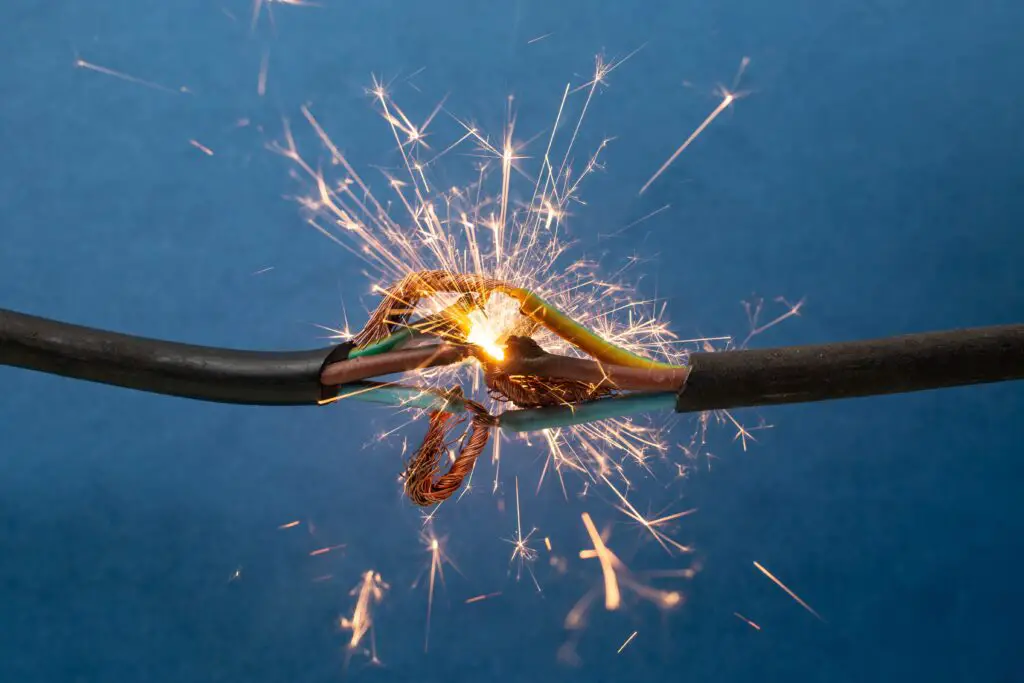
Many older homes were built before modern electrical demands, leaving them equipped with wiring that can’t handle today’s technology. Knob-and-tube wiring or aluminum wiring can overheat, posing a fire hazard. Homes with old wiring might also lack grounded outlets, making them incompatible with newer appliances. On top of that, insulation on older wires may degrade over time, increasing risks. If you notice flickering lights, tripped breakers, or a burning smell, it’s time for an electrical check-up.
2. Lead Paint Risks
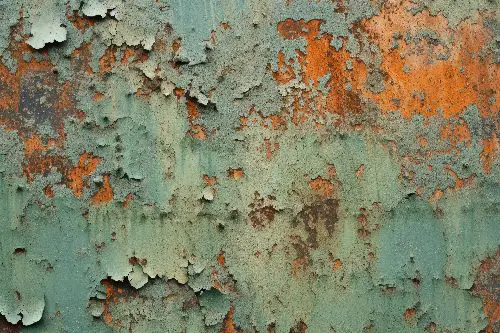
If your home was built before the ‘70s, it might have lead-based paint, which was banned in 1978. Peeling or chipping paint can release lead dust, which is toxic, especially for children and pets. Ingesting or inhaling lead can lead to severe health issues like developmental delays and organ damage. Renovation projects in these homes can unintentionally release lead dust into the air. Testing for lead and sealing or safely removing it is essential for your family’s safety.
3. Asbestos Surprises
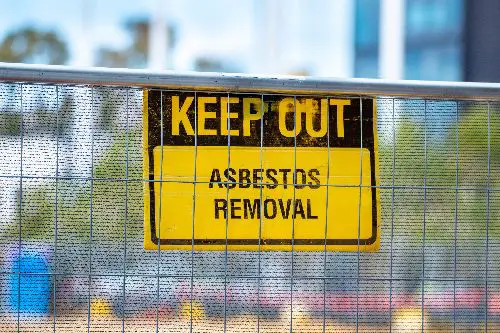
Asbestos was a common building material for insulation, roofing, and flooring in homes built before the ‘80s. While it’s harmless when intact, any disturbance can release its fibers into the air, posing severe health risks, including mesothelioma and lung cancer. Even small DIY repairs can unknowingly expose you. It’s crucial to hire professionals for testing and removal if you suspect asbestos is present.
4. Plumbing Pitfalls with Old Pipes
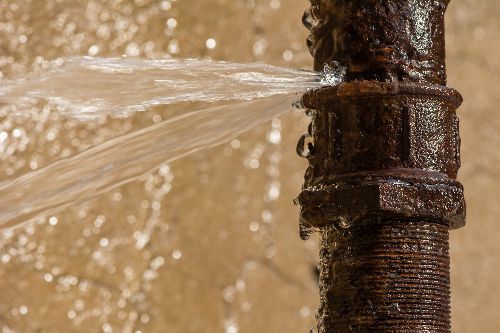
Older homes often have galvanized steel or lead pipes, which can corrode or leach harmful substances into your water supply. These pipes can reduce water pressure over time as mineral deposits build up inside them. Worse, lead in drinking water is a serious health hazard, especially for children and pregnant women. Replacing outdated pipes with copper or PEX is a significant investment, but it ensures safe and reliable water.
5. Faulty Foundations
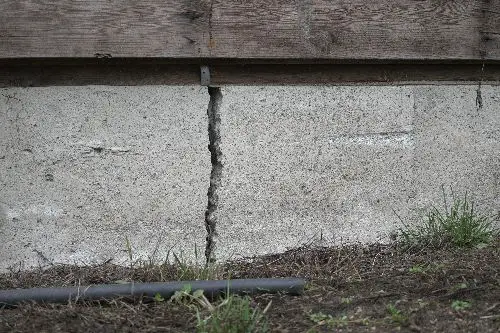
Time and shifting soil can wreak havoc on an older home’s foundation. Cracks, uneven floors, or doors that don’t close properly are all signs of foundation issues. Left unaddressed, foundation problems can compromise the structural integrity of your entire home. Water seepage through cracks can also lead to mold or even flooding. Regular inspections and repairs are necessary to avoid costly future problems.
6. Hidden Mold and Mildew
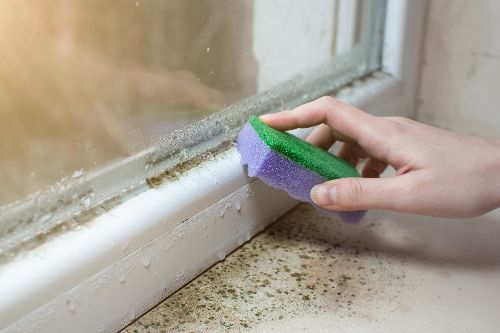
Older homes are often more susceptible to moisture buildup due to outdated ventilation systems, leaks, or poorly sealed windows and doors. Over time, this can lead to mold and mildew growth, which is not always visible. Mold can trigger allergies, asthma, and other respiratory issues, making it a health hazard. A musty smell or frequent cold-like symptoms in your household might point to a mold problem. Professional mold remediation can tackle these hidden threats effectively.
7. Radon Gas Exposure
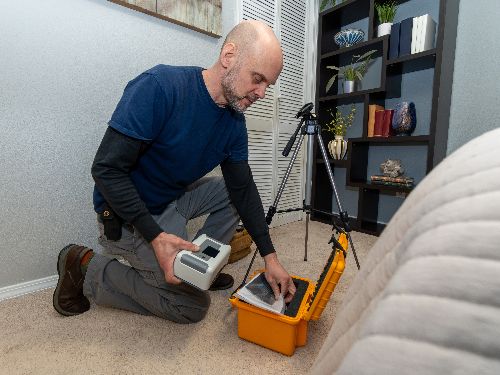
Radon is an invisible, odorless gas that can seep into homes through cracks in the foundation. It’s naturally occurring and particularly prevalent in certain regions, but many older homes lack the mitigation systems needed to address it. Prolonged exposure to radon is a leading cause of lung cancer. Testing kits are inexpensive and can detect radon levels, and if the gas is present, installing a mitigation system is a must.
8. Inefficient Windows and Insulation
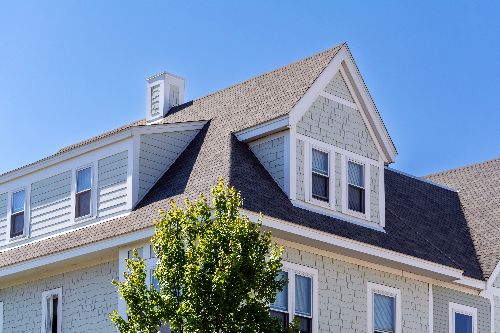
Single-pane windows and outdated insulation in older homes can lead to sky-high energy bills. These homes often struggle to maintain consistent indoor temperatures, making winters drafty and summers uncomfortably warm. Beyond discomfort, inefficient windows and insulation can strain your HVAC system, reducing its lifespan. Upgrading to double-pane windows and modern insulation not only saves money but also boosts comfort and energy efficiency.
9. Unseen Termite Damage
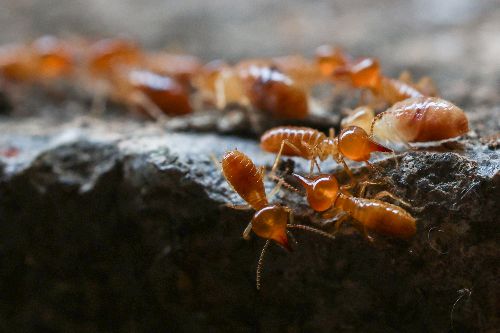
Older homes with wooden frames or floors are prime targets for termites, especially if they’ve been left unchecked for years. These pests work silently, eating away at your home’s structure and causing extensive damage before you even notice. Signs include hollow-sounding wood, discarded wings, or mud tubes near the foundation. Regular pest inspections can help detect and prevent infestations, saving you thousands in repairs.
10. Outdated Heating Systems
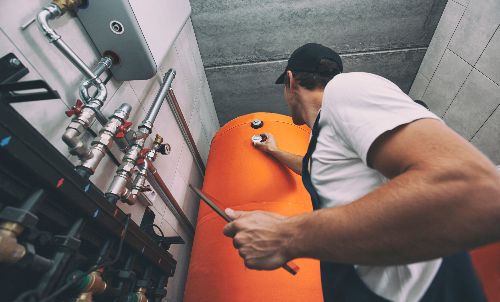
Many older homes still rely on outdated boilers, furnaces, or other heating systems that are both inefficient and potentially unsafe. Aging systems can leak carbon monoxide or malfunction in dangerous ways. They also struggle to keep up with modern heating demands, leading to uneven temperatures throughout the home. Regular maintenance or replacement of these systems ensures safety, comfort, and lower energy bills.
11. Inadequate Fire Safety Features
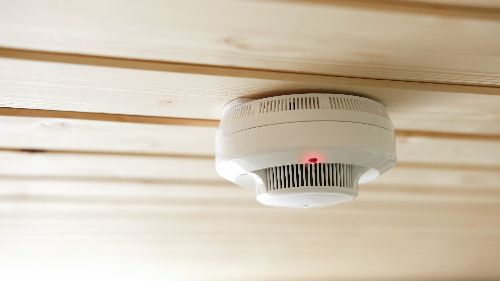
Smoke detectors, fire extinguishers, and fire exits may be missing or insufficient in older homes. Wiring issues, open chimneys, and older heating systems increase the risk of fires, making modern safety features non-negotiable. Many older homes lack interconnected smoke detectors, meaning one might go off in the basement while everyone upstairs remains unaware. Upgrading fire safety measures can save lives.
12. Hazardous Flooring Materials
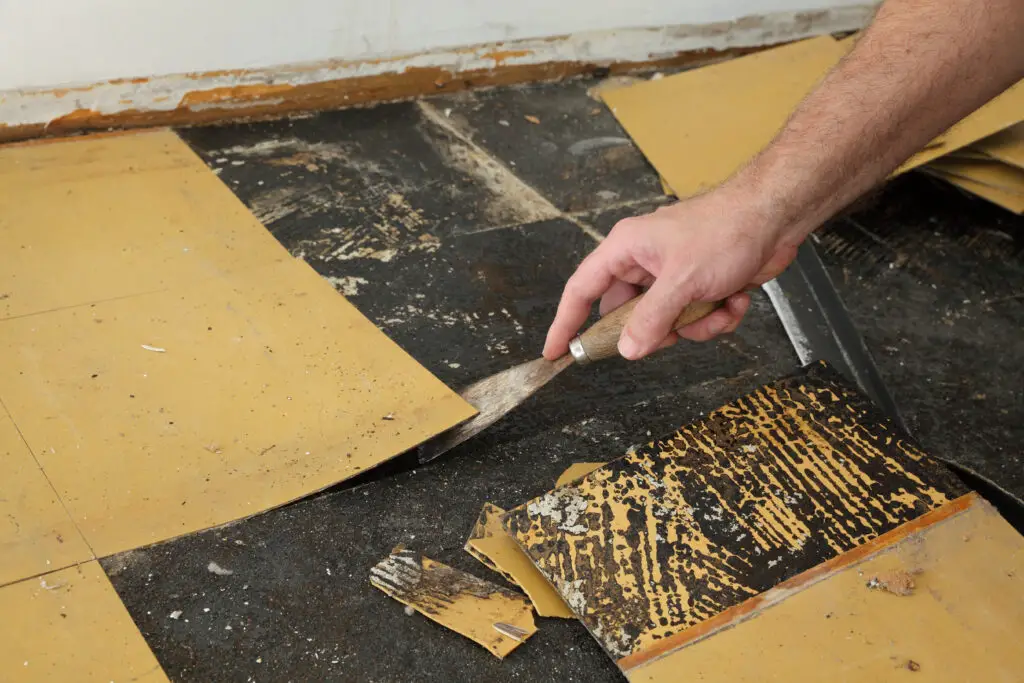
That charming old vinyl or tile flooring could harbor hidden dangers, like asbestos or other toxic chemicals. Older flooring adhesives can also emit harmful volatile organic compounds (VOCs). Additionally, damaged or loose tiles can pose tripping hazards. If you’re planning a renovation, always test flooring materials for toxins. Replacing them with modern, eco-friendly options can improve both safety and aesthetics.
